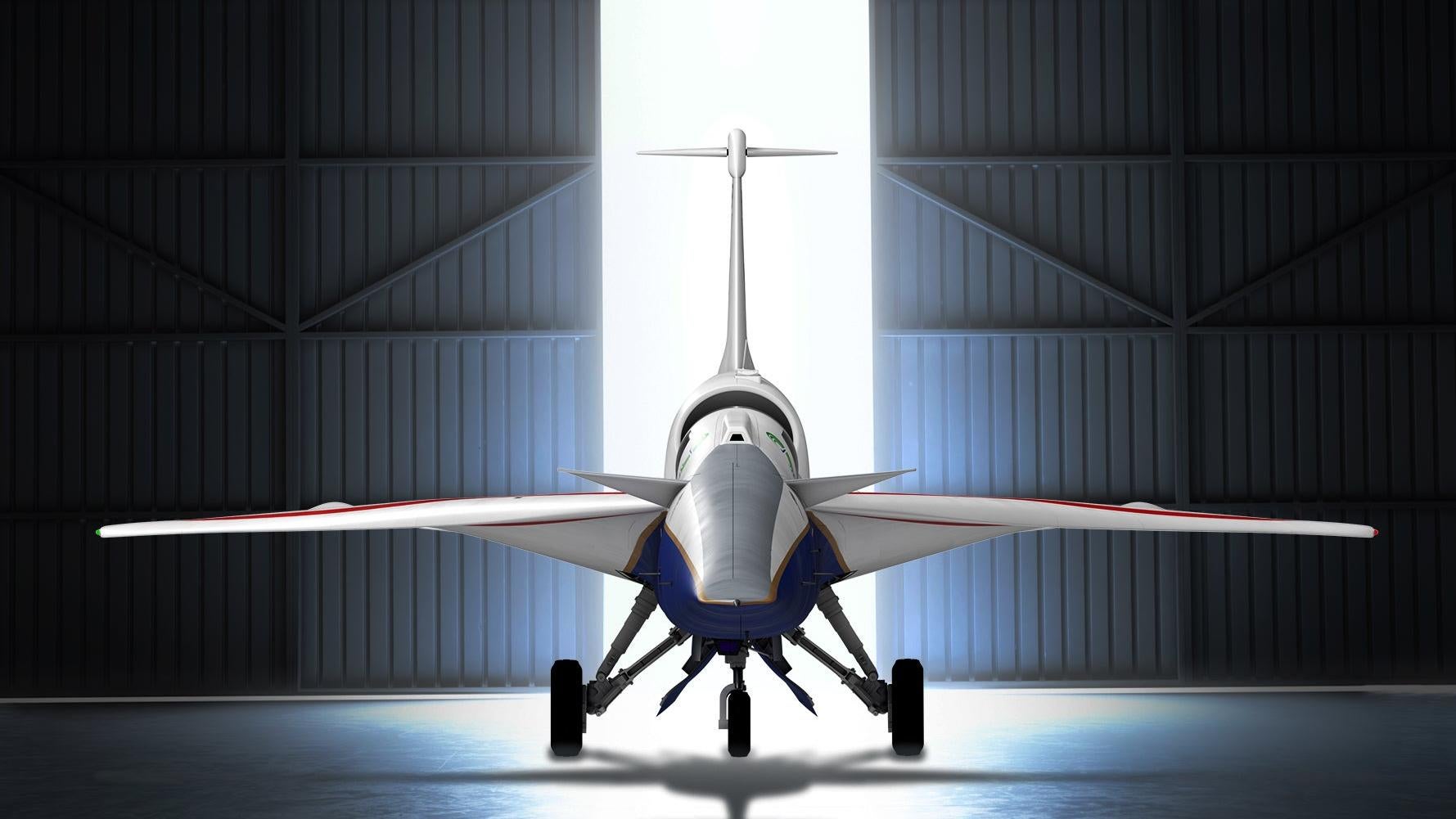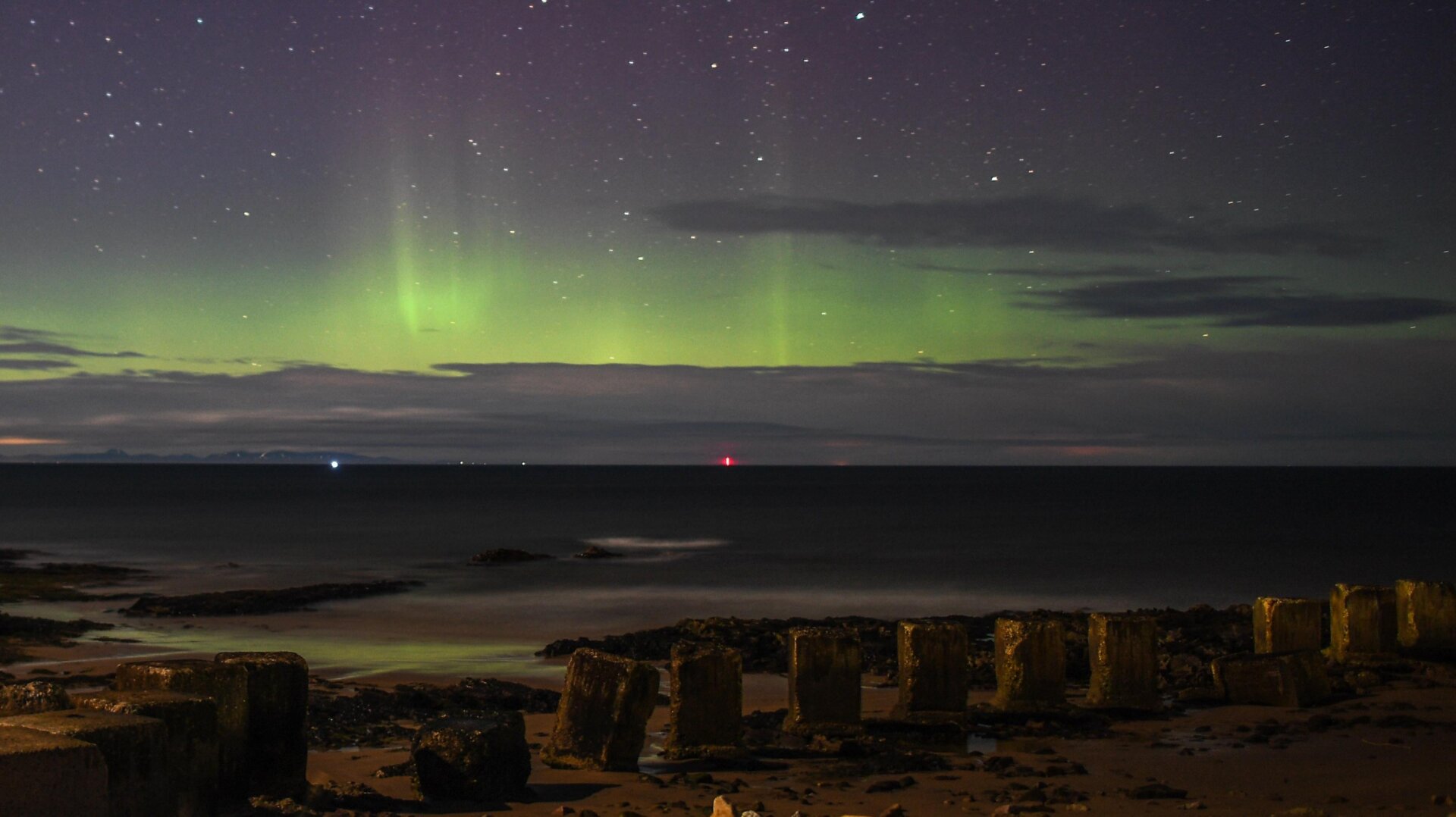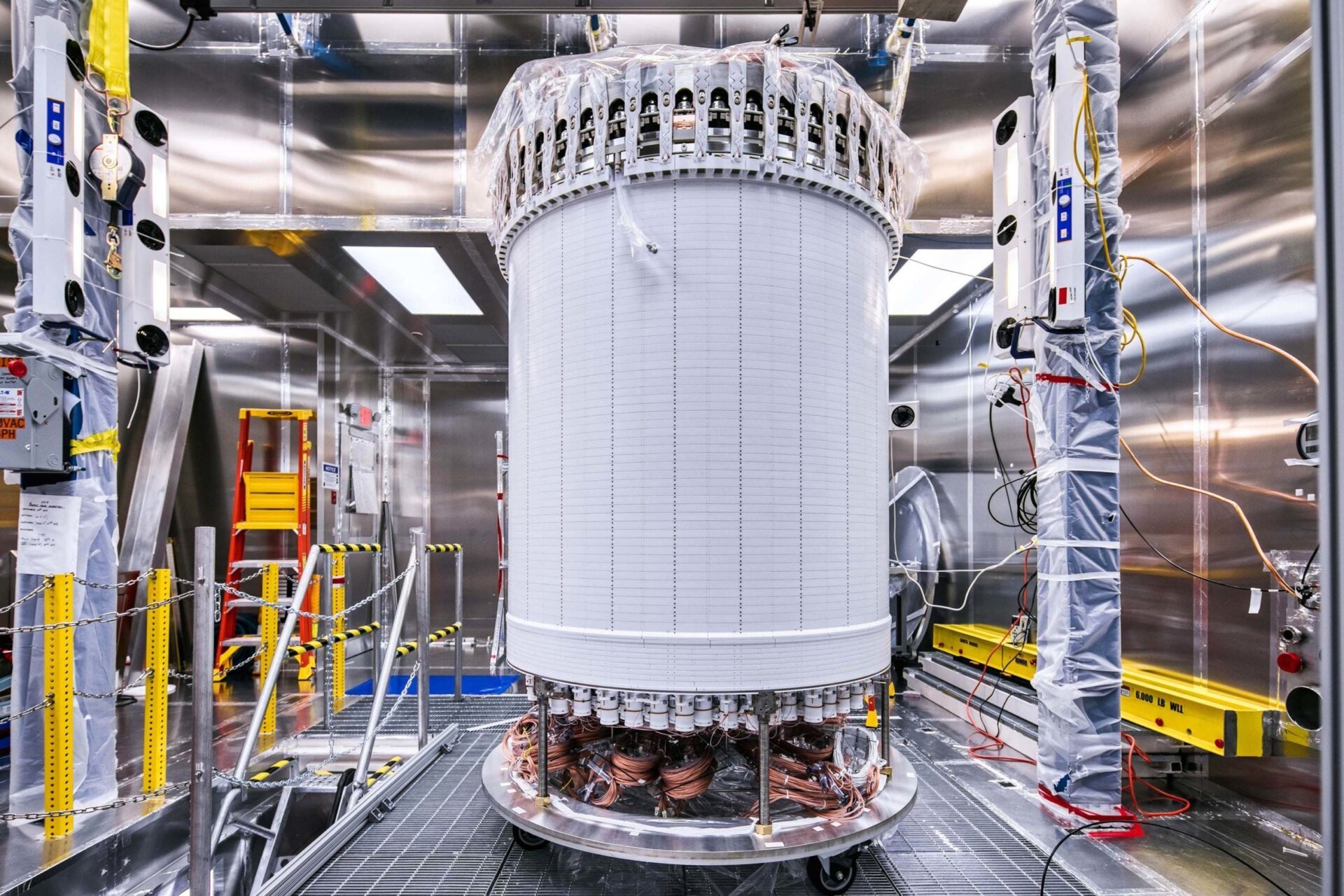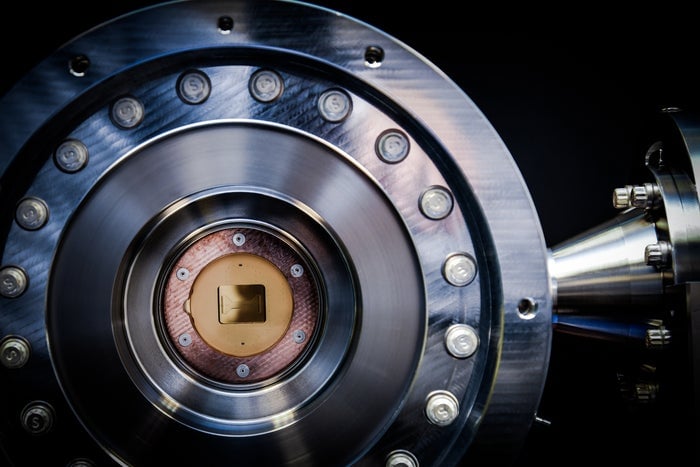NASA’s experimental X-59 aircraft, designed for quieter supersonic flight, was unveiled on January 12th, marking a significant milestone in the quest to revolutionize air travel. This rollout offers the first public glimpse of the completed aircraft, showcasing its distinctive design and paving the way for its inaugural flight.
The X-59 is the centerpiece of NASA’s Quesst mission. This ambitious project aims to demonstrate supersonic flight that produces only a quiet sonic “thump” instead of the disruptive sonic boom associated with traditional supersonic aircraft. The rollout event, held at the Palmdale, California facility, featured leaders from NASA and Lockheed Martin, the aircraft’s manufacturer. With the first flight anticipated later this year, the Quesst mission is scheduled to conduct extensive testing through 2027.
The Quest for Quieter Supersonic Flight
Supersonic flight, exceeding the speed of sound (Mach 1, approximately 767 mph or 1,234 km/h), has historically been limited due to the intense noise generated by sonic booms. Chuck Yeager famously broke the sound barrier in 1947 with the Bell X-1, an early experimental aircraft, or X-plane. The X-59 continues this legacy of innovation, aiming to mitigate the noise impact of supersonic flight.
The X-59 rollout signifies the commencement of the Quesst mission’s first phase. Phase 2 will focus on validating the quiet supersonic technology and evaluating the aircraft’s performance during flight tests. In 2026, the crucial third phase will involve flying the X-59 over select U.S. cities to gather community feedback on the perceived noise levels. This data will be critical in shaping future regulations.
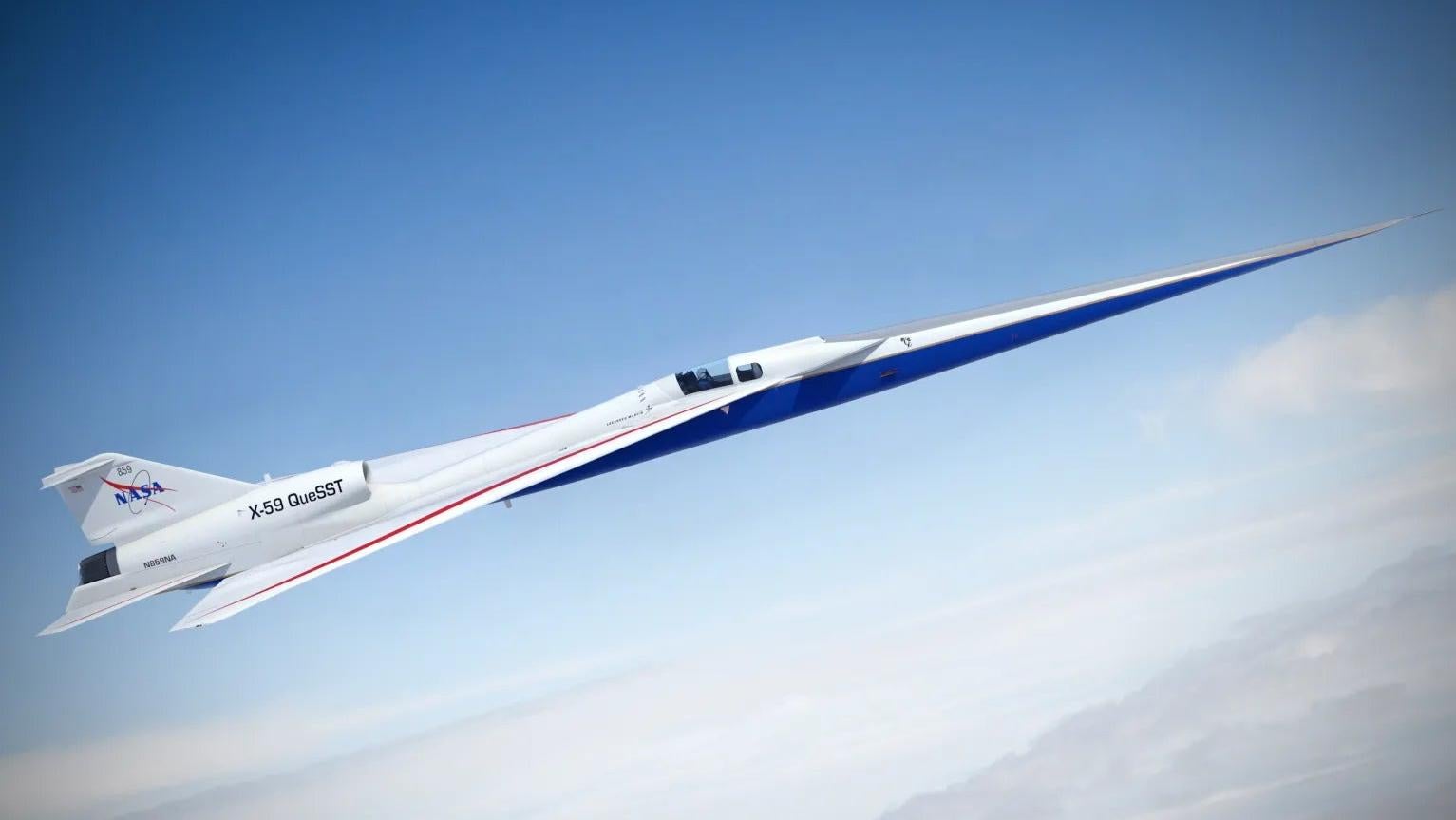 An artist’s depiction of the X-59 in flight.An artist’s rendering showcases the X-59 supersonic aircraft in flight, highlighting its streamlined design optimized for minimizing sonic boom. Illustration: Lockheed Martin
An artist’s depiction of the X-59 in flight.An artist’s rendering showcases the X-59 supersonic aircraft in flight, highlighting its streamlined design optimized for minimizing sonic boom. Illustration: Lockheed Martin
Paving the Way for Commercial Supersonic Travel
The success of the Quesst mission holds the potential to reshape the landscape of air travel. If the X-59’s quiet supersonic technology proves effective and publicly acceptable, regulators may consider easing restrictions on commercial supersonic flight over land.
This could usher in a new era of faster air travel. However, the transition to routine commercial supersonic flights over land would still require considerable time, with estimates suggesting 2035 as a realistic target.
The X-59 and the Future of Aviation
The X-59 represents a major step forward in supersonic flight technology. Its innovative design and the data gathered through the Quesst mission could revolutionize air travel, making supersonic speeds a viable option for commercial flights over land. The rollout event marks the beginning of an exciting journey towards a future where supersonic travel is both faster and quieter.
https://www.nasa.gov/mission/quesst/
https://www.youtube.com/watch?v=KjCdGqgD9Bs
https://www.nasa.gov/aeronautics/x-59-rollout-preview/
https://www.nasa.gov/centers-and-facilities/armstrong/x-59-resembles-actual-aircraft/
https://www.faa.gov/newsroom/supersonic-flight
https://www.cbsnews.com/news/supersonic-commercial-air-travel-60-minutes-2021-11-21/



